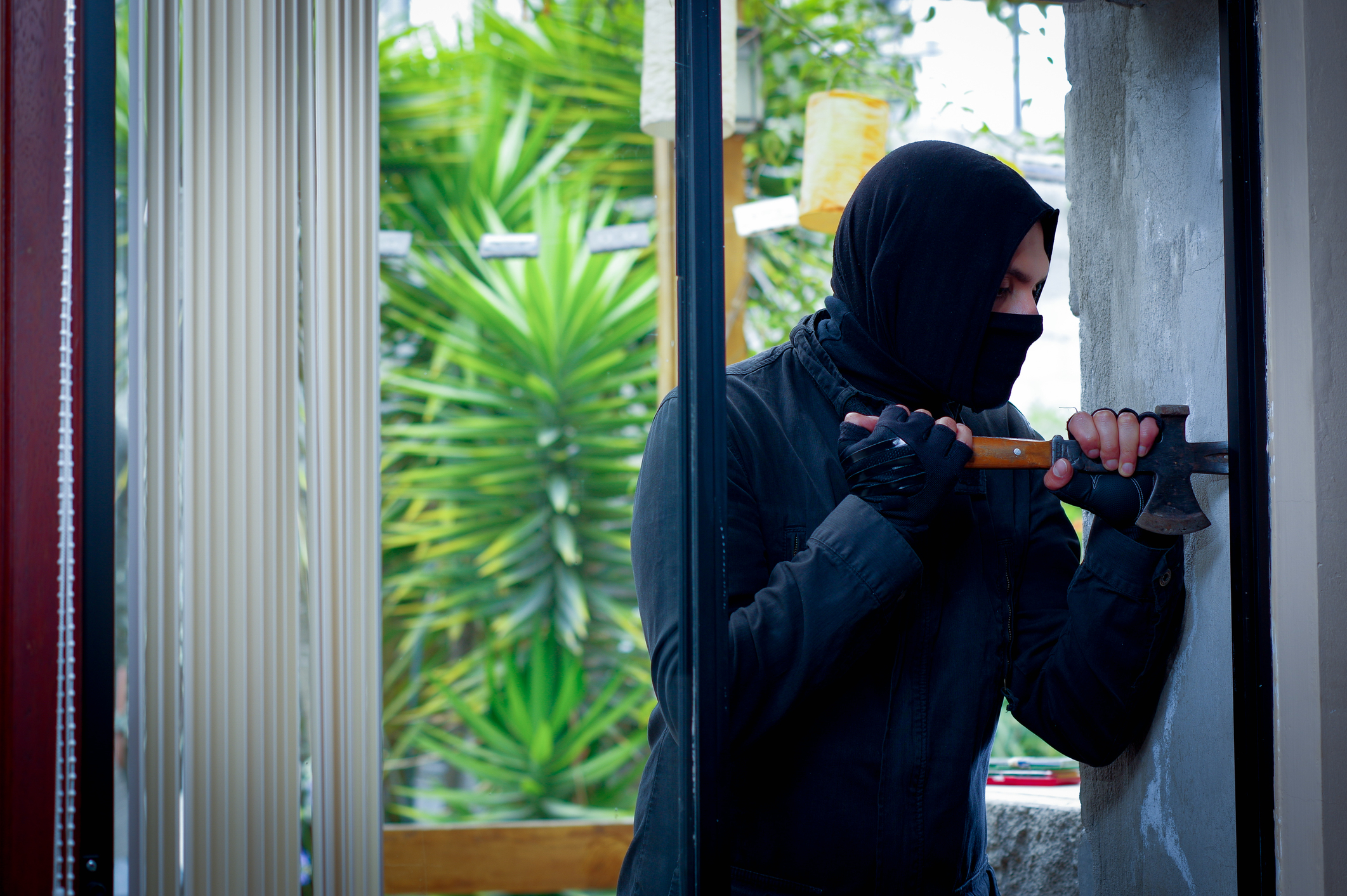What Can a Glass Break Sensor Add to Your Security System?
Both home and business owners need to keep their property safe. The urgency of this need varies depending on the crime rate in the area you live in and how big of a target your business or home is. Cameras, door alarms and even high-tech laser systems exist to protect you and your home, but have you considered using a glass break sensor?
One common point of entry for burglars that is not always considered is a window. Even the most secure lock on a window does not stop someone from just breaking the glass, and depending on the layout of your property, it may be possible for intruders to break in through the window, take what they want and get out before any measure can be taken.
For example, if you own a jewelry store or designer clothing store with products out on display, someone could potentially wait for everyone to be gone for the day, and then shatter the glass, fill a bag with valuables and leave within a minute or less. The benefit of a glass break sensor is that it can trigger to set off an alarm and notify police the instant that the glass is shattered, making for a minimal response time for authorities to arrive and deter any would-be thieves.
What Is a Glass Break Sensor?
You can likely imagine the ways that one of these devices could provide an extra level of security, but it may not be clear exactly how they function. By gaining a better understanding of how they work, you can decide whether they would be a useful addition to your property’s security system.
A glass break sensor, also known as a glass break detector, is a type of electronic burglar alarm. Either by sound or by a broken circuit, it detects when glass is shattered, such as when a window is broken into. This automatically sets off an alert, such as sounding an audio alarm or notifying the authorities.
Glass break sensors do not usually stand-alone, but are typically included as part of a comprehensive security system. A full system may include door sensors, window sensors, motion sensors and glass break sensors.
How Does a Glass Break Sensor Work?
The microphone on a glass break sensor is connected to detector circuitry, which reacts to a certain type of sound. These detectors can either be set to recognize a sound frequency that is typical of shattering glass or they can be programmed to recognize a specific sound profile that is similar to that shattering sound.
Depending on the layout of your property, it may be possible to cover all of the windows in a room using a single device. It just depends on how far the radius of the microphone is and how far your windows are spaced apart.
Another type of sensor is a shock sensor. These are actually connected to the windows themselves, typically by a wire that creates a closed circuit. When the glass breaks, the circuit is interrupted, and this triggers the alarm.
How Are Glass Break Sensors Set Up?
The positioning of the microphone is important, and the whole setup process is typically performed by a professional. Glass break sensors are also battery-powered, so they need to be regularly checked to ensure they are still on.
Where Should the Microphone Be Placed?
In most setups, the microphone does not need to be facing the glass surface that is at risk. In any room with windows that you want to monitor, it usually suffices to have the microphone set up on the ceiling or on a wall.
There are certain rooms that may be at a higher risk of window break-ins. These are some of the more commonly monitored windows:
- Sliding glass doors
- Display windows
- Bedroom windows
- Bathroom windows
- Basement windows
If there is no locked door to the basement of your house, a burglar may be more likely to target one of those windows.
Another effective use of a glass breaks sensor can be in a store where merchandise is kept behind a glass display case. Someone who silently breaks in may still need to get through the glass case to get to the item he or she intends to take.
What Should You Watch Out for With These Sensors?
If you are using a glass break sensor that detects shattering glass with a microphone, you may want to disarm it at certain times:
- These microphones are often so sensitive that they could be triggered by the sound of glass shattering when a movie is playing.
- Similarly, loud music can sometimes contain sounds that might fool a glass break sensor’s microphone, triggering the alarm at an unwanted time.
- If you are having work done in that area of your house, some of the tools used could produce high frequencies that may trigger less-advanced detector systems.
- If you are having guests over for dinner or a party, the sound of a dropped glass or dish breaking could easily be enough to set off a detector.
If you do need to disarm the system at any point, it is important to remember to re-arm it when things are back to normal. Otherwise, you will have an expensive piece of technology sitting around doing nothing.
Your property’s security is important to BSG, and window break-ins can allow unwanted access. Now that you understand the way glass break sensors work, you are better equipped to decide if one is the right option for you.

